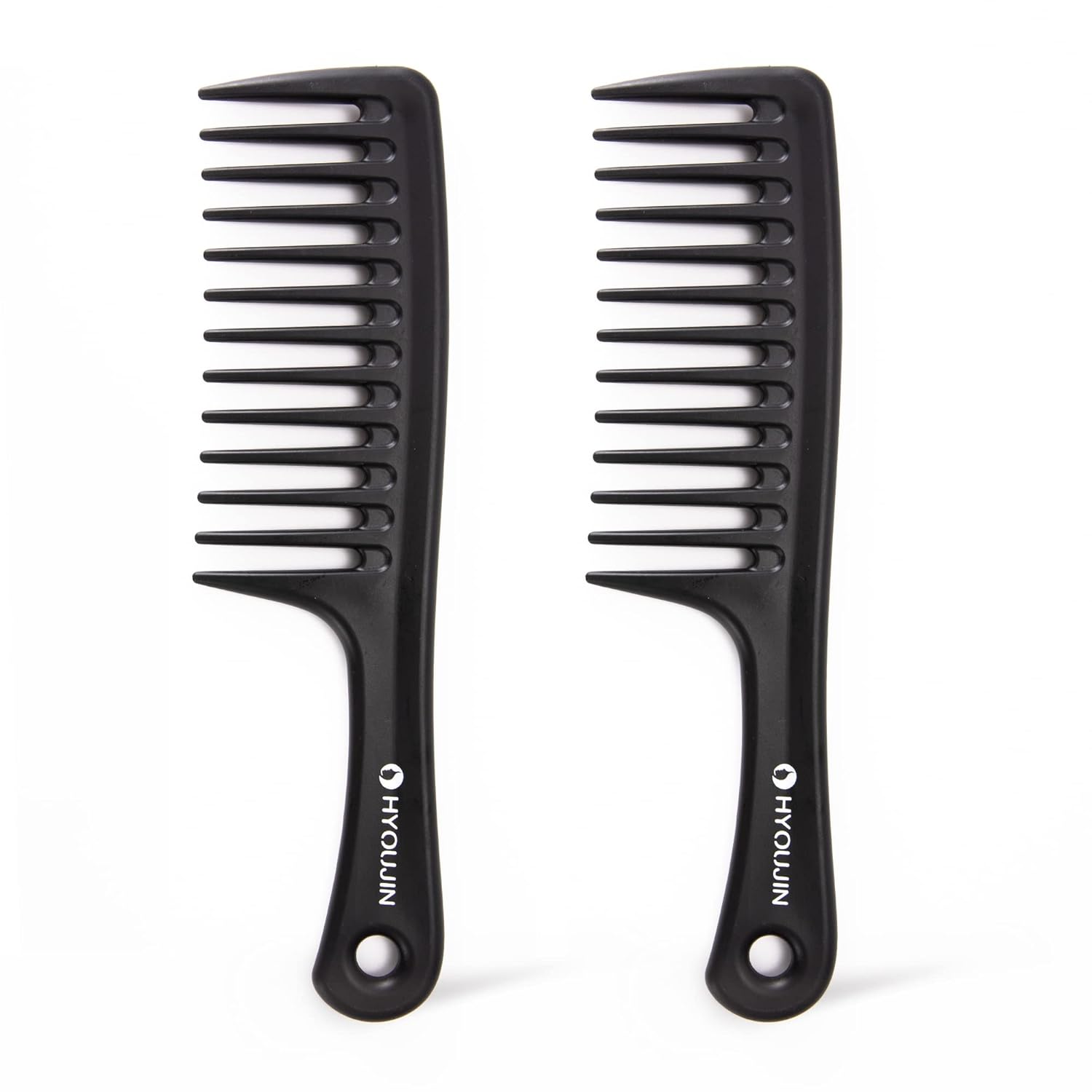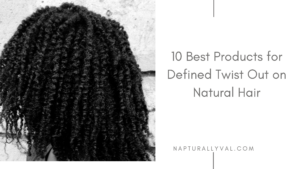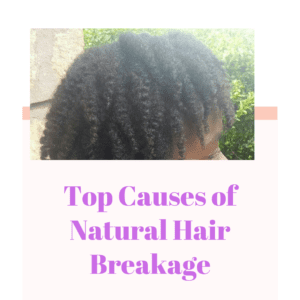Combing 4C natural hair can feel like an uphill battle, especially when it’s thick, tightly coiled, or prone to tangles. If you’re struggling with this process, you’re not alone. Many people with 4C hair find it challenging to get through those stubborn tangles without causing breakage, pain, or frustration.
But here’s the good news—combing hard 4C natural hair doesn’t have to be difficult or damaging! With the right tools, techniques, and practices, you can manage your hair and keep it healthy, moisturized, and breakage-free. This detailed guide will take you through everything you need to know to make combing hard 4C hair a breeze.
Feel like your hair has been the same length forever, I’ve an Ebook that will help you grow your hair healthier, longer and thicker. Grab your copy here… Also, check out all the Ebooks,guides and journals that will go a long way in your hair care journey here
Table of Contents
How to Soften & Comb Hard 4C Hair Without Excessive Breakage
Understanding 4C Hair Texture
Before diving into how to comb your 4C hair, it’s important to understand what makes 4C hair unique. 4C hair is the tightest curl pattern on the hair typing chart, with densely packed coils and a lot of shrinkage. The coils can be so tight that they’re almost invisible to the naked eye, giving your hair a highly textured appearance.
Because of the tight curl pattern, 4C hair tends to tangle easily, making it prone to knots and matting. It’s also naturally dry, as the scalp’s natural oils have a harder time traveling down the hair shaft. This is why 4C hair requires special attention, particularly when it comes to detangling and combing.
Why Proper Combing Matters
Combing 4C hair isn’t just about getting rid of tangles or styling your hair. It’s also about protecting your hair’s health. Improper combing can lead to:
- Breakage: 4C hair is delicate and prone to breakage if handled roughly.
- Thinning: Constant pulling and tugging at the hair can cause it to thin over time.
- Split Ends: Rough combing can cause the ends of your hair to split, leading to damage that travels up the hair shaft.
- Pain: Let’s face it—combing through tough tangles without the right method can be painful!
So how do you comb 4C hair in a way that minimizes damage and makes the process more enjoyable? Let’s get into it.
How to Prepare Your 4C Hair for Combing
Preparation is key when it comes to combing 4C hair. You should never attempt to comb your hair while it’s dry or tangled without prepping it first, as this will increase the likelihood of breakage. Here are the steps to get your hair ready for combing:
1. Section Your Hair
Attempting to comb all of your hair at once can be overwhelming and lead to frustration. Instead, divide your hair into small, manageable sections. Depending on the thickness of your hair, you can create 4-8 sections using clips or hair ties. Working in sections helps you focus on smaller areas, making the process less stressful and more efficient.
2. Start with Moisturized Hair
Combing dry hair can lead to breakage, so it’s always best to comb 4C hair when it’s hydrated. This doesn’t necessarily mean your hair has to be soaking wet, but it should be slightly damp and conditioned. The best time to comb your hair is after washing and conditioning it, as your hair will be at its most pliable and moisturized.
Tip: Use a moisturizing leave-in conditioner to give your hair the hydration it needs before you begin combing. Products that contain ingredients like shea butter, aloe vera, and glycerin are great for keeping your strands moisturized and soft.
3. Use a Detangling Spray or Cream
Before you begin combing each section, it’s important to apply a detangling spray or cream to reduce friction and make the comb glide through your hair more smoothly. Detanglers help loosen knots and tangles, making the combing process gentler on your strands. Opt for products that are specifically formulated for natural hair or 4C hair, as they’ll provide the slip you need.
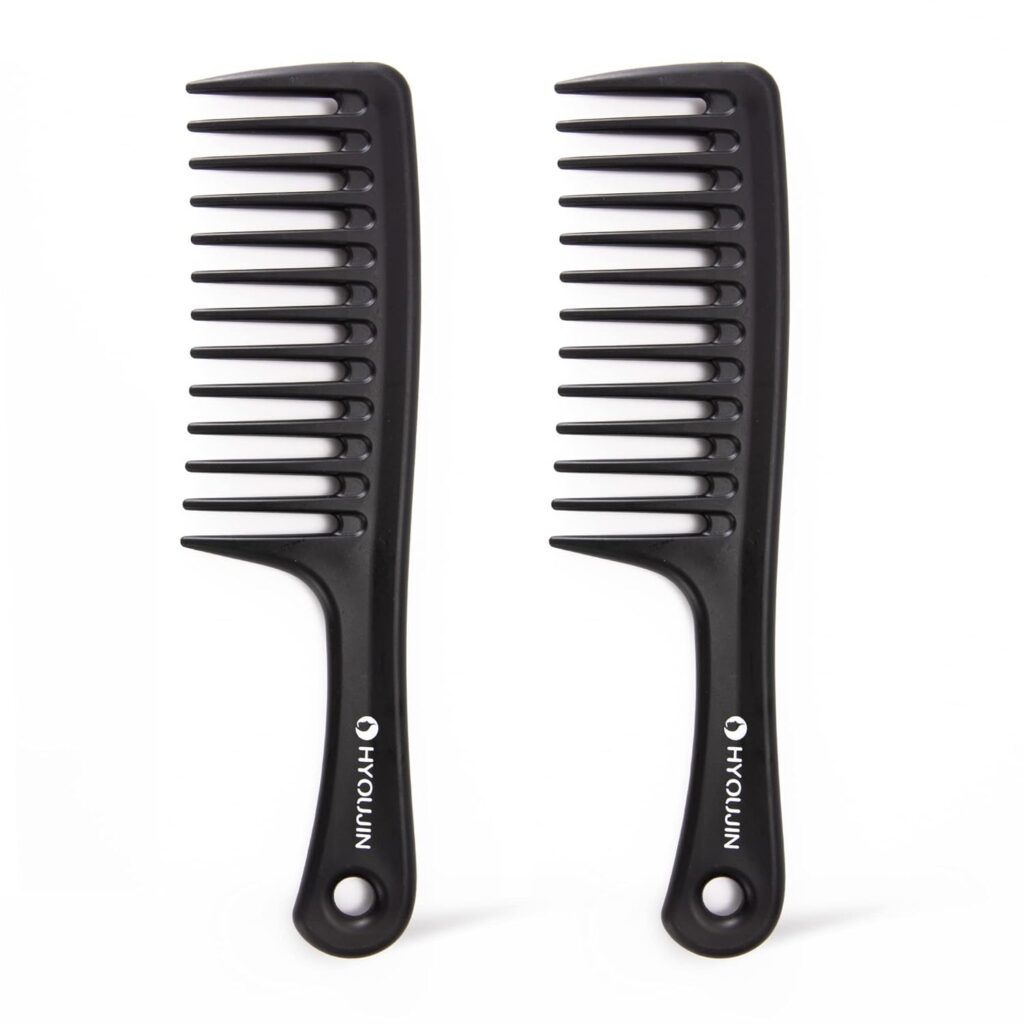
The Best Tools for Combing 4C Hair
Using the right tools is just as important as the techniques you use. Here are some of the best tools for combing hard 4C natural hair:
A wide-tooth comb is a must-have for anyone with 4C hair. The wide spaces between the teeth of the comb allow you to detangle your hair without causing unnecessary breakage. A narrow-tooth comb would tug and pull on your hair, causing it to snap, but a wide-tooth comb is gentle enough to detangle 4C hair without damaging it.
How to Use It: Always start combing from the ends of your hair and work your way up to the roots. This helps prevent the comb from getting stuck in tangles, which can lead to pulling and breakage.
A detangling brush, such as a Denman brush or a Tangle Teezer, is another great tool for working through tough knots and tangles. These brushes are specifically designed to detangle natural hair without causing damage. They have flexible bristles that work with the hair, rather than against it, making the process smoother.
Pro Tip: When using a detangling brush, start at the ends of your hair and gently work your way up. Never force the brush through knots—let it glide through as smoothly as possible.
3. Your Fingers
Your fingers are one of the best detangling tools you have! Finger detangling allows you to feel for knots and gently work them out without causing breakage. It’s especially useful for those with particularly delicate hair.
How to Finger Detangle: Apply some conditioner or detangler to your hair, then use your fingers to gently separate any tangles. Be patient and work through your hair slowly, especially in areas that are more prone to matting.
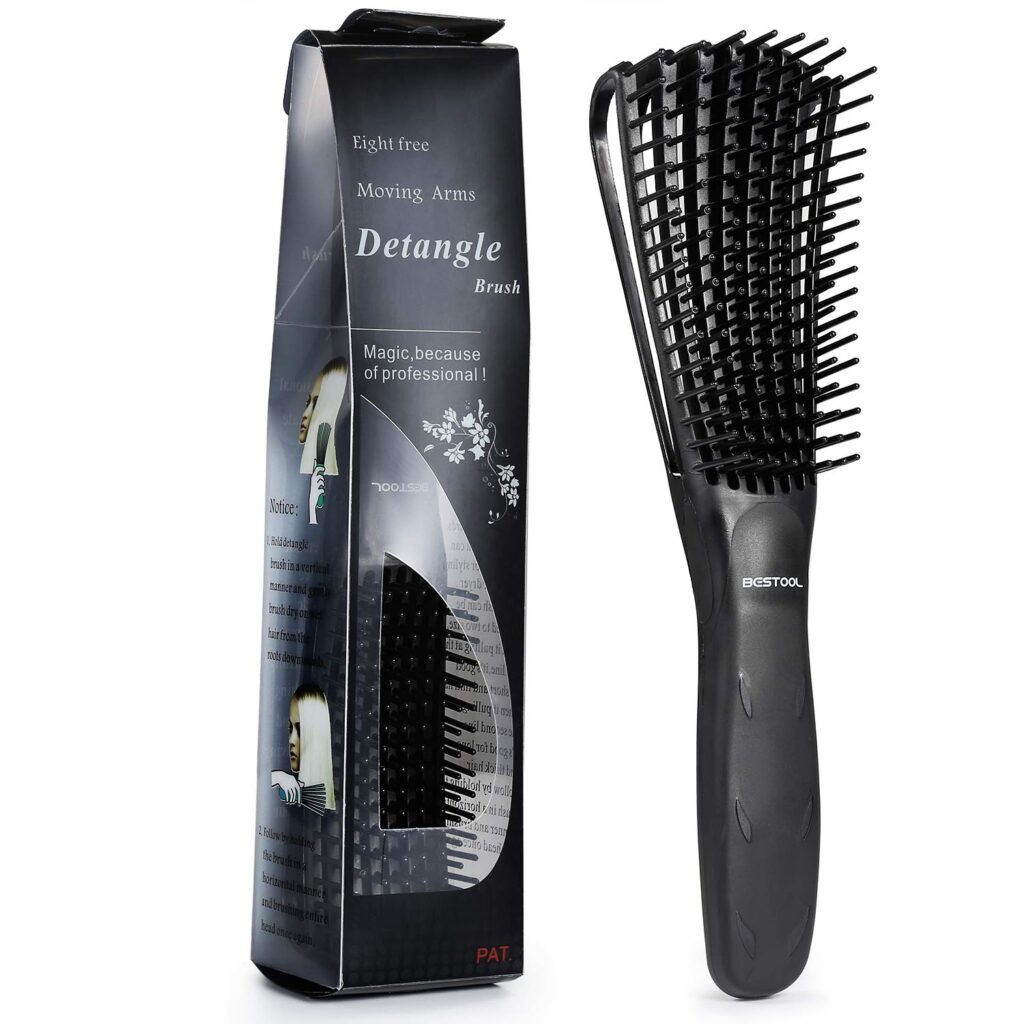
The Step-by-Step Guide to Combing 4C Hair
Now that you’ve prepped your hair and gathered your tools, it’s time to start combing. Follow this step-by-step process to comb hard 4C hair without causing damage.
Step 1: Section Your Hair into Small Sections
Section your hair into manageable parts. This allows you to focus on detangling small areas at a time and reduces the risk of breakage.
Step 2: Start with Damp, Moisturized Hair
Always comb 4C hair when it’s damp and moisturized. Apply a leave-in conditioner or water-based moisturizer to ensure your hair is soft and manageable. Never attempt to comb dry 4C hair, as this will cause breakage.
Step 3: Detangle with Your Fingers First
Before reaching for your comb, use your fingers to gently detangle each section. This helps loosen knots and makes the combing process easier. Apply a detangling spray or cream as needed to reduce friction and add slip.
Step 4: Start at the Ends and Work Your Way Up
Using a wide-tooth comb or detangling brush, begin combing at the ends of your hair and gradually work your way up to the roots. This method prevents tugging at the roots and reduces the likelihood of breakage.
Pro Tip: If you encounter a particularly stubborn knot, don’t yank the comb through it. Instead, use your fingers to gently work it out, then continue combing.
Step 5: Be Gentle and Patient
Combing hard 4C hair requires patience. If you rush through the process or apply too much force, you’re more likely to cause breakage. Take your time and comb each section slowly, allowing the comb or brush to glide through your hair without resistance.
Step 6: Moisturize and Seal After Combing
Once you’ve successfully detangled and combed your hair, it’s important to lock in moisture to keep your strands hydrated. Apply a water-based moisturizer or leave-in conditioner to your hair, followed by an oil or butter to seal in the moisture. This helps maintain your hair’s elasticity and keeps it soft and manageable.
Mistakes to Avoid When Combing 4C Hair
Even with the best tools and techniques, there are some common mistakes that can make combing 4C hair more difficult and damaging. Here’s what to avoid:
- Combing Dry Hair: Always make sure your hair is damp and moisturized before combing to prevent breakage.
- Using the Wrong Tools: Avoid fine-tooth combs and brushes that aren’t designed for detangling, as they can cause unnecessary stress on your hair.
- Skipping Detangling: Always detangle your hair before combing. Skipping this step can lead to more tangles and knots, making the process more difficult.
- Rushing Through the Process: Take your time when combing 4C hair. Being rough or impatient will only lead to breakage and frustration.
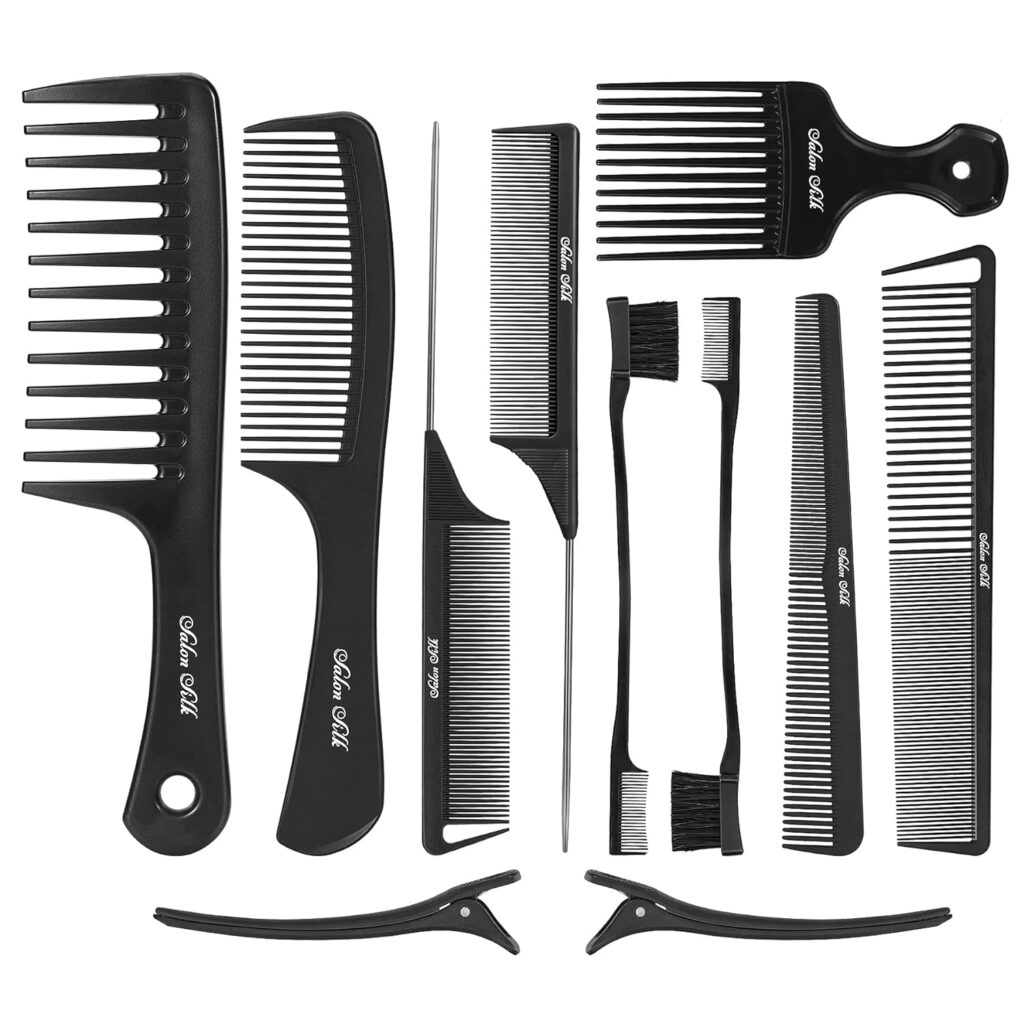
Combing hard 4C natural hair doesn’t have to be a painful or frustrating experience. With the right tools, proper preparation, and gentle techniques, you can detangle and comb your hair without causing damage. Remember to always work in small sections, start from the ends, and use products that provide slip and moisture.
By incorporating these practices into your hair care routine, you’ll not only make combing easier but also help your hair stay strong, healthy, and breakage-free. Happy combing!

